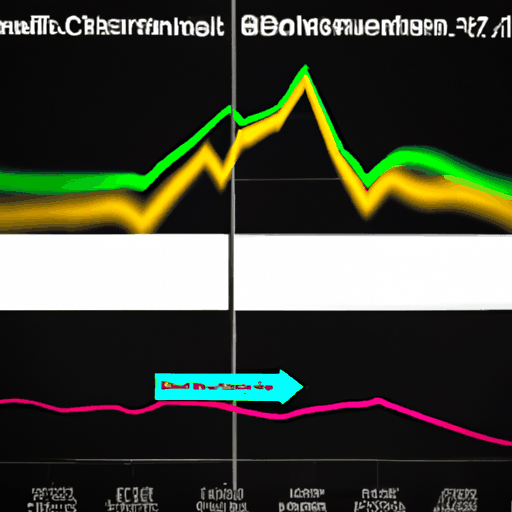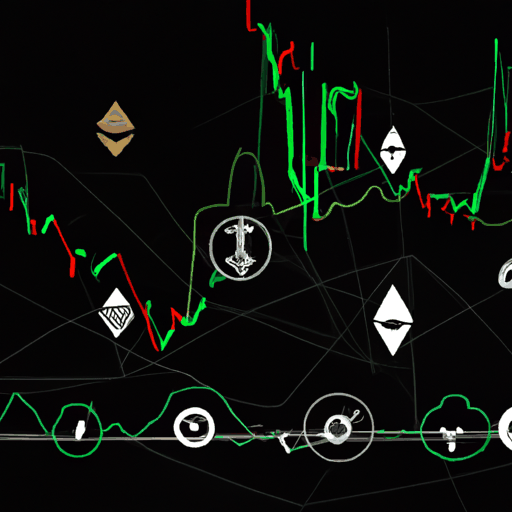
Bitcoin Faces Market-Wide Caution as September Declines Persist
By: Eva Baxter
Bitcoin and Ethereum are grappling with significant market volatility and declining trends as the crypto market faces widespread caution. The recent fluctuations in Bitcoin's funding rates for perpetual futures contracts, alongside historical data showing September as a challenging month for cryptocurrencies, have amplified concerns among traders. Monitoring funding rates is pivotal as it reflects market sentiment, with positive rates indicating bullishness and negative rates showing a bearish stance. Variations in these rates across exchanges like Binance, Bitmex, Bybit, and OKX have further underscored the market's uncertainty.
Throughout the recent weekend, funding rates saw notable shifts. On Aug. 31, positive rates indicated a bullish trend, but by Sept. 1 and onward, exchanges like Binance and Bybit experienced negative funding rates, suggesting an uptick in bearish sentiment. This trend extended to both USDT/USD-margined and token-margined contracts, with the latter showing stronger bearish tendencies reflected in sharply negative rates on platforms such as Bybit and OKX.
The historical performance of Bitcoin and Ethereum in September has also been a cause for concern. Data highlights that since 2013, Bitcoin has averaged a loss of over 4% in September, while Ethereum has seen a more pronounced average decline of 7%. This negative pattern follows the decline experienced in August, where Bitcoin dropped by 9% and Ethereum by 22%. These trends underscore the historical woes faced by these leading cryptocurrencies during this period.
Despite the declining prices, Bitcoin's hash rate has reached an all-time high, indicating the network's increasing strength and decentralized nature. However, analysts caution that even with potential Fed rate cuts, the market could still experience further downturns. Specifically, predictions suggest Bitcoin might drop to the $40,000-$50,000 range in a bearish scenario post-rate cuts. Yet, this decline could also present a strategic buying opportunity, particularly given the established patterns of weak performance in September.
Further compounding these concerns is the changing dynamics in risk-adjusted returns. Bitcoin’s Sharpe ratio, a crucial metric for assessing risk-adjusted returns, has surpassed Ethereum's for the first time since July 2022. Regardless, Bitcoin’s historical Sharpe ratio trends indicate increasing risk or diminishing returns, which traders must consider amid current market volatilities. The crypto market's reaction to these developments, particularly as we navigate through September's historically challenging landscape, continues to be closely watched by traders and analysts alike.



